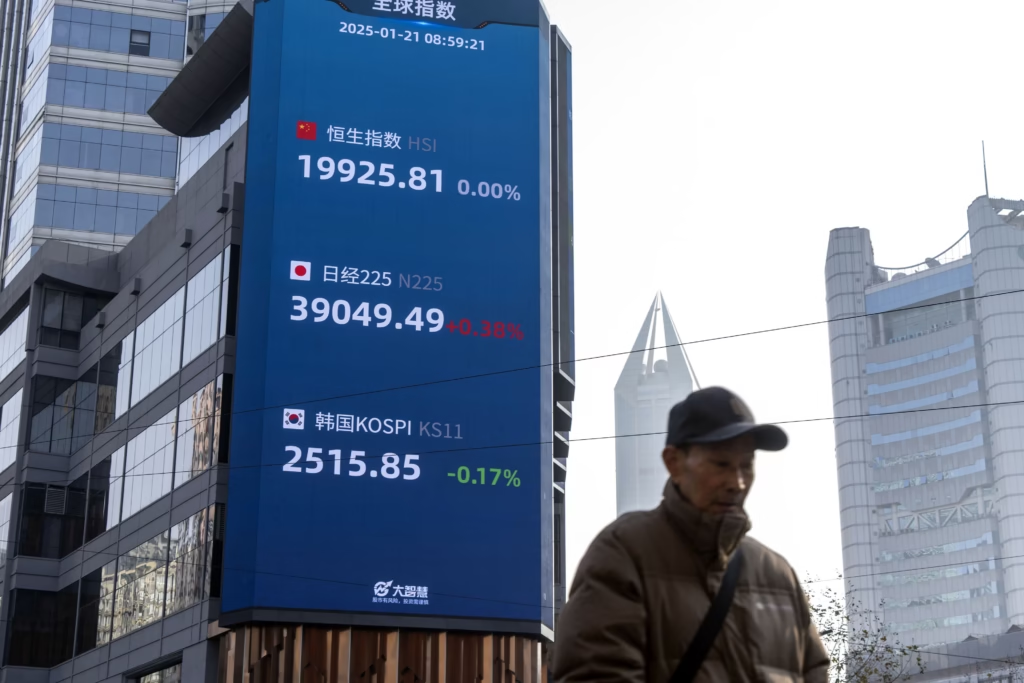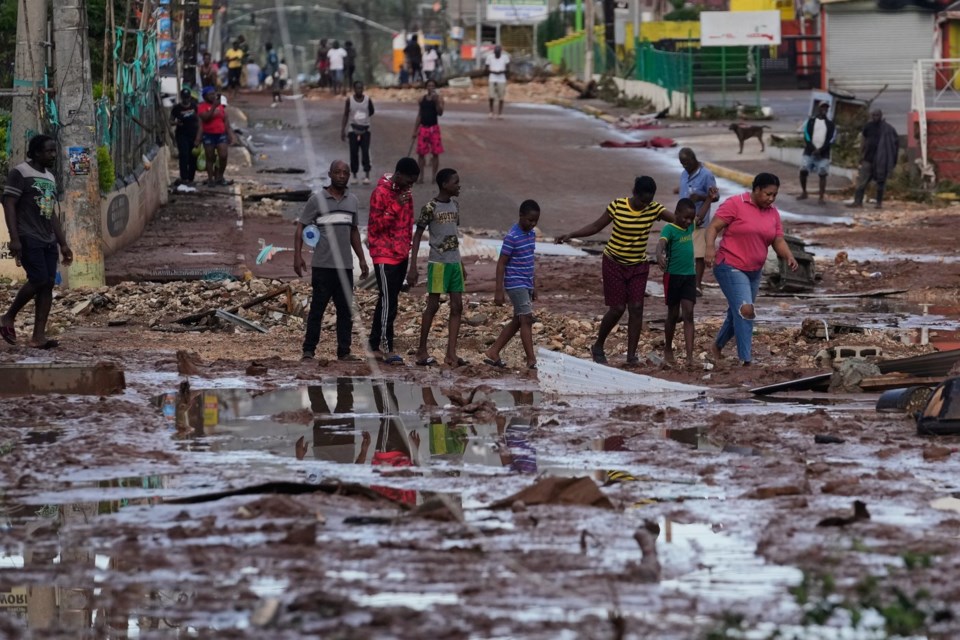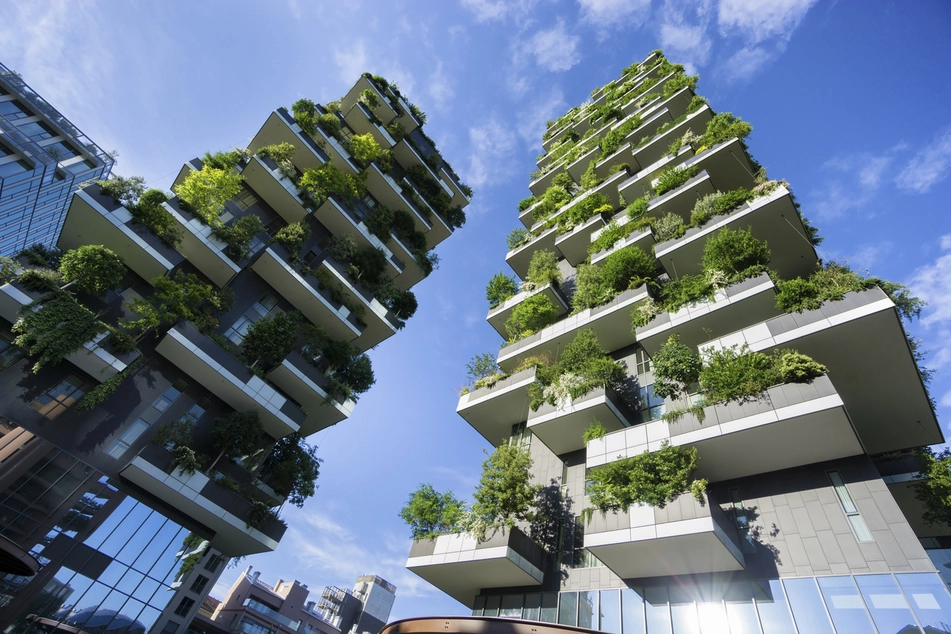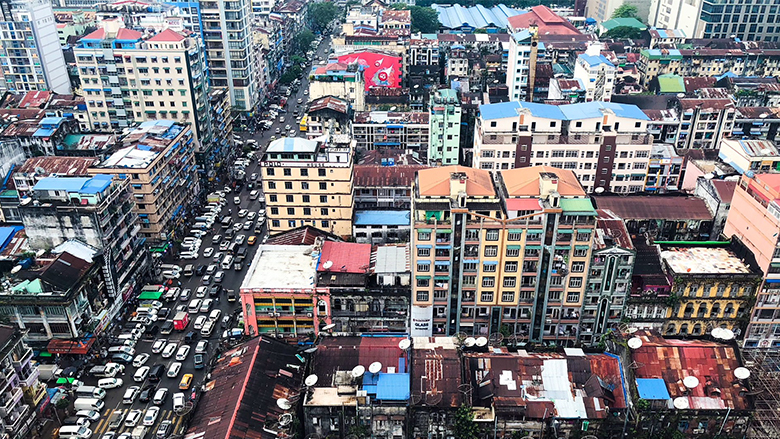Now Reading: Smart City Surveillance Issues
-
01
Smart City Surveillance Issues
Smart City Surveillance Issues
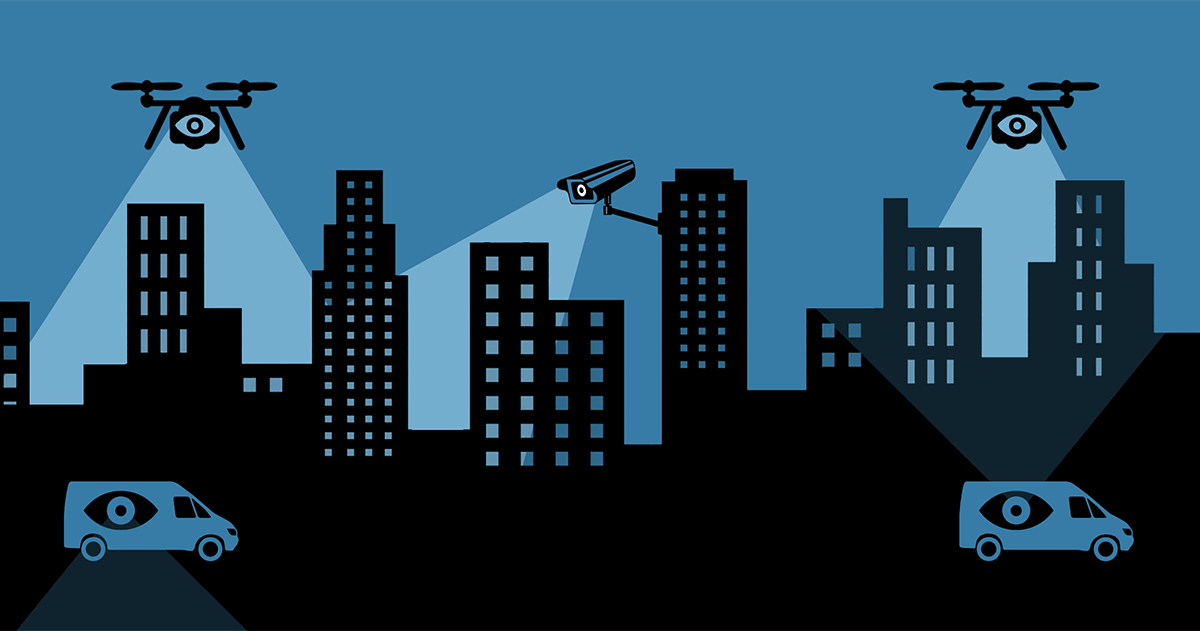
Indian cities are becoming smarter with the use of technology for traffic control, public safety, and efficient governance. Surveillance systems, especially CCTV networks and data-driven monitoring tools, play a central role in this shift. While these systems promise better security and management, they also bring serious concerns around privacy, misuse, and accountability. For Tier 2 cities adopting smart city projects, this debate is becoming increasingly relevant.
The primary benefit of surveillance is improved safety. Cameras installed in public spaces help authorities monitor crime, manage traffic, and respond quickly during emergencies. In smaller cities where police resources are limited, technology can provide much-needed support. Citizens often feel reassured knowing that public areas are being watched.
Yet, the same systems can create risks if not managed properly. Continuous monitoring raises questions about how much personal freedom people are losing in public spaces. There is also the fear of misuse if data is accessed without proper checks or falls into the wrong hands. For Tier 2 cities, which are still building strong digital frameworks, the risk of weak data protection is even higher.
Cost is another challenge. Setting up and maintaining advanced surveillance systems requires significant investment. Many smaller municipalities struggle to balance budgets, and citizens may question whether such spending should come before healthcare, education, or basic infrastructure. Without transparency in decision-making, public trust can weaken.
The way forward lies in balance. Smart surveillance should focus on safety without turning into overreach. Clear guidelines, strong data protection laws, and public awareness are essential. Tier 2 cities have the chance to learn from bigger metros and design systems that respect both security and privacy.
In conclusion, smart city surveillance is not just about installing cameras but about building trust. Cities that manage to combine technology with accountability will set better examples for future urban growth. For India’s expanding towns, the challenge is to stay safe while staying free.







